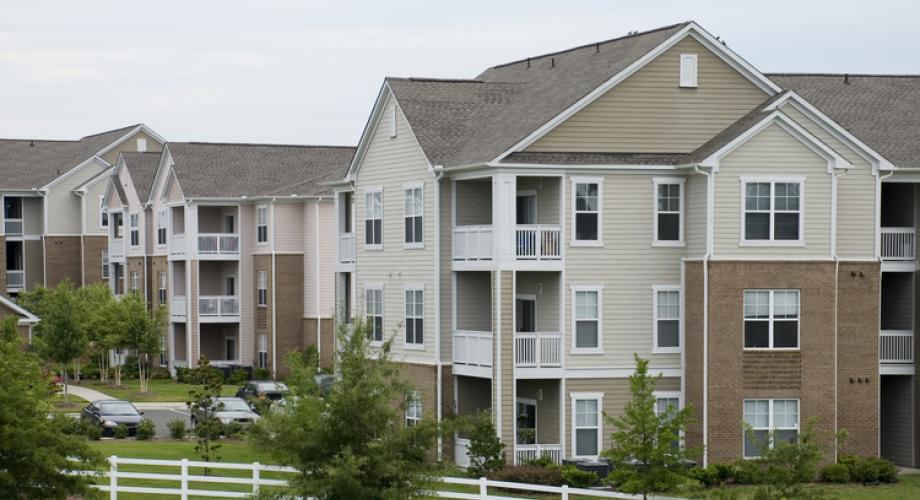With urban falling out of favor, could it be time to buy?
Like many apartment owners, Greg Mutz, Chairman and CEO of AMLI Residential, has witnessed increased renter migration since the pandemic hit.
“We’re seeing a lot of relocations into Denver and Dallas and Austin from the West Coast,” Mutz says.
There is data to back what Mutz and other apartment executives are seeing. A recent Linkedin survey found that New York has suffered a 23.4% decrease in net arrivals, while San Francisco saw a 21.1% decline. On the other hand, Jacksonville saw a 10.7% increase and Salt Lake City posted a 9.6% increase.
Others are seeing similar movements.
Joe Lubeck, CEO, American Landmark, has seen residents move into his suburban Sunbelt apartments during COVID. “We’re focusing even more on suburban, which we’ve always done anyway,” he says. “We’re focusing more on garden-style than mid-rise. Both of these changes appear to reflect changes in attitude and concerns from the pandemic.”
While people might be moving from urban to suburban properties in market-rate properties, Daryl J. Carter, Founder, Chairman and CEO of Avanath, hasn’t seen this trend materialize as much in the affordable sector and his 11,000-apartment portfolio. Many of those residents don’t have the luxury of working from home. They have to go into work every day.
“We don’t see that changing because people want to be closer to where their jobs are,” Carter says.
The movement from expensive, cramped cities like San Francisco and New York for more affordability and space in smaller metros, like Boise and Nashville, has been well documented. But it may not be the only reason for this migration. Before the pandemic, corporations were pushing out of high-cost states like California for lower-tax destinations like Texas.
“It does feel like you’re going to see some companies move out and maybe a bunch of other companies relocate to low-cost, business-friendly states,” says Robert Lee, President of JRK Property Holdings.
Like many industry executives, Lee is trying to figure out if this shift to the suburbs is permanent. If it isn’t, or if a certain number of people decide to return to major metros, it might be time to buy.
“You have to decide whether it’s a permanent or temporary effect,” Lee says. “Are you seeing a very hot blue-to-red state migration play? Do you like Florida and Texas and that job creation, low regulation, low or no personal income tax story?”
Mutz thinks cities like Los Angeles, San Francisco and Seattle will eventually come back. He isn’t alone. “It doesn’t feel like most parts of the Midwest or the Northeast where you see a very continued out-migration of jobs over a long period of time,” Lee says. “I think we feel like the health of California is still there.”
Ken Valach, CEO of Trammell Crow Residential, is also skeptical that people will move from cities in droves.
“There is all of this thought that no one is going to live in San Francisco, New York and Los Angeles,” Valach says. “Maybe they won’t, but I don’t really believe it. Look at New York after 9/11. There was never going to be another high-rise built. Twenty years later, there has been so much built, and so many new people have moved there. Over time, everything regresses to the mean.”
Valach says these urban assets may provide a buying opportunity for urban investors. “If I were a core plus fund investor, I’d be looking at going into these urban locations to buy deals at less than cost [to build] potentially,” he says. “There is not a lot of competition with how rent rolls may have been impacted. You put low-cost debt on it and hold it for five to seven years.”
For more than a decade, JRK has been buying suburban apartments for better yield. But the current problems in the urban markets could present some buying opportunities. While some investors may be making micro plays to pick up suburban apartments or apartments in primary or secondary markets, JRK is a believer in a regression toward history.
“Now everybody wants to get out of the urban core and go buy suburban,” Lee says. “I like suburban, but if everything were trading equally and I could buy Manhattan at the same cap rate as I’m buying in Long Island, I’m going to buy Manhattan. That’s no brainer.”
Les Shaver is a freelance writer.
